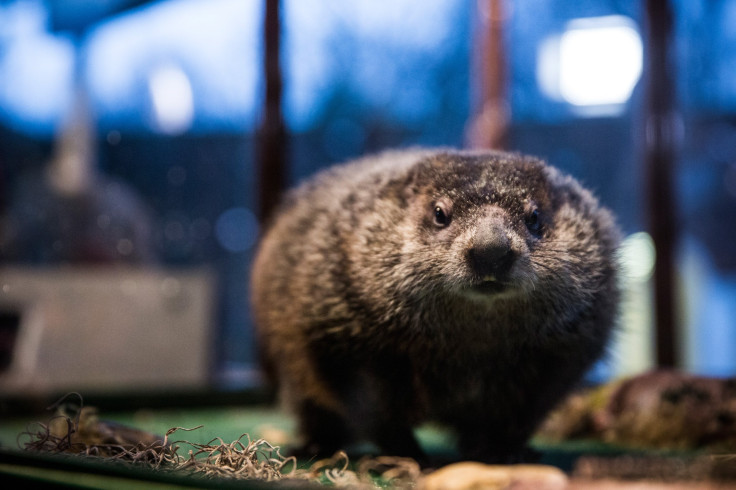Groundhog Day 2023: Origin, Traditions And Forecast Accuracy
Groundhog Day is celebrated in the United States and Canada on Feb. 2 every year. According to traditions, a groundhog, a furry rodent, predicts the weather conditions in North America for the next six weeks.
The main forecast is given by a groundhog named Phil, who emerges every year at Gobbler's Knob in Punxsutawney, Pennsylvania.
It is believed that six more weeks of winter are in store for North America if Phil can spot its shadow. If not, early spring and warmer temperatures are expected. This year will be the 136th prediction given by a descendant of Phil.
Origin of Groundhog Day
The story of Groundhog Day, according to Time, is connected to Candlemas Day, a centuries-old Christian tradition. In addition to being the midpoint between the winter solstice and the spring equinox, Candlemas Day also marks the "blessing of candles" needed for winter.
If the weather is cloudy on Candlemas Day, warmer days lie ahead. If conditions are clear and sunny, winter-like conditions are expected.
Traditions of Groundhog Day
With Groundhog Day's popularity growing over time, other U.S. cities have adopted the celebration and have their own predictions. However, most eyes are on the celebration held at Gobbler's Knob.
While thousands of people still attend the ceremony in Pennsylvania, the event is also live-streamed for those who wish to know the forecast but are unable to travel.
The following events have been scheduled for Feb. 2, as per the Groundhog Club website:
1. Lunch With Phil
2. Gobbler's Knob Got Talent
3. Member's Reception
4. Inner Circle's Groundhog Ball
5. Annual Groundhog Banquet
Accuracy of Phil's Forecast
The U.S. National Centers for Environmental Information says that the furry rodent has often been wrong with its predictions. "Even though he's been forecasting since 1887, Phil's track record for the entire country isn't perfect," the NCEI website says.
After analyzing the average temperatures recorded in the U.S. over the last decade, the NCEI concluded that Phil has been right about 40% of the time.
The Pennsylvania groundhog predicted that the U.S. would see a shorter winter in 2020. Observers declared Phil did not see its shadow. However, the country experienced "above-average temperatures for both February and March 2020," according to scientists at NOAA's National Centers for Environmental Information.

© Copyright IBTimes 2024. All rights reserved.





















